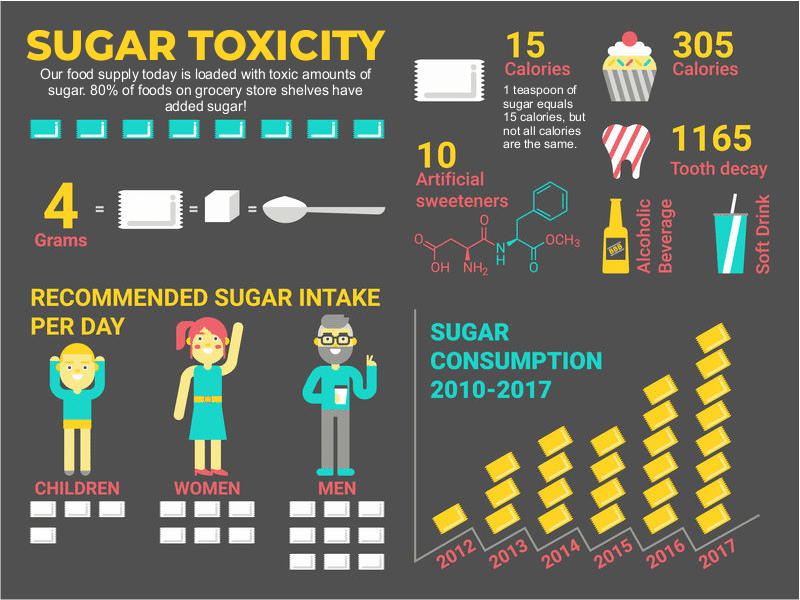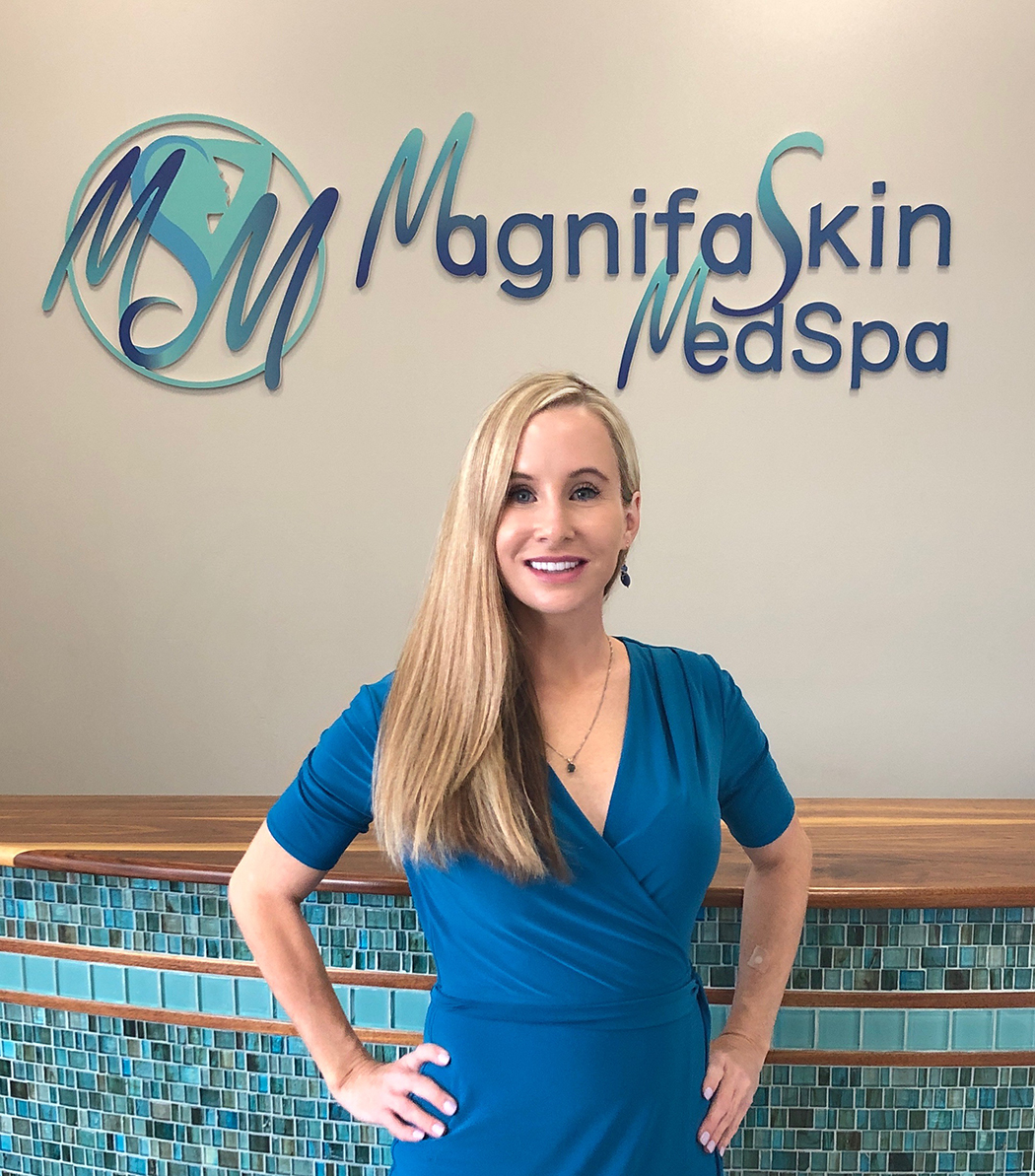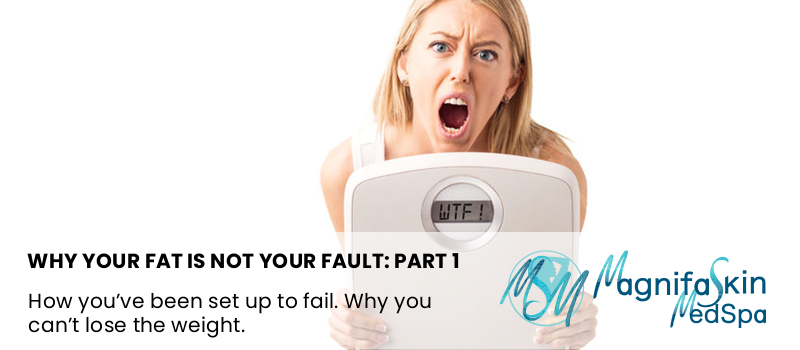
Why Your Fat Is Not Your Fault: Part 1
It’s been said that ‘Beauty is only skin deep’, but that isn’t true at all. The truth is that the healthier we are, the better we look and the slower we age. At MagnifaSkin MedSpa we’re not just about beauty treatments. We really do care about you and how you feel. How you feel about yourself, your life and your looks. This is the first of a series of three posts on staying healthy, eating right, and controlling your weight. If you’ve been struggling with your weight, and the health consequences that may have come with it, this series will show you how to finally lose weight and keep it off for life!
No Fat Shaming Here!
Before we go on we want to make something very clear. Because we’re a medical spa with many beauty treatments available it would be understandable if you assumed we equate skinny to beautiful. Let us state clearly and emphatically that we do not! People of all sizes can be beautiful and we are categorically opposed to fat shaming, body shaming or any kind of shaming based upon appearance. This article and those that follow are being provided because we care about your health and well-being. While you can certainly be healthy if you are overweight, the fact is that 80% of overweight people are suffering from some kind of related, chronic health issue. A little known dirty secret is that 40% of ‘normal weight’ people are too, and for the same reasons. In addition, we know that many of our clients are unhappy with their weight and struggling to control it. We don’t just want you to feel beautiful, we want you to be healthy and happy.

This is Will. He’s 50 in this photo. We think he might just know a thing or two about controlling our weight.
With that in mind, we’ve invited a guest blogger, Will Dove, to write a series of posts on diet, exercise and health. Will is an avid fitness and health blogger, a former paramedic, a survivor of stage 4 cancer, and at 53, still a part-time fitness model. His life-long passion for understanding the human body has led him to do extensive research for his upcoming book, Set Up To Fail: Why Your Fat is Not Your Fault.
The Global Obesity Epidemic
Struggling to lose weight? You are hardly alone. As of this year, 2019, approximately 40% of Americans over the age of twenty are obese, and fully 75% of us are overweight to some degree. Childhood obesity rates are approaching 20%, and in some regions are as high as 15% for children under 5 years of age.
In 1950, adult obesity rates were only 14% and childhood obesity was virtually unheard of.
So what happened? Have we become a nation of lazy gluttons in the past 70 years? Certainly our culture, and even your doctor, will tell you that if you’re overweight it’s your fault. You eat too much and you don’t exercise enough. For generations we’ve been made to feel that we are failing if we can’t control our weight and that it’s because we lack self-discipline. But the truth is…
You’ve Been Set Up To Fail!
Whether you’re carrying an extra five pounds, or fifty pounds, the reason why you gained the weight in the first place, and the reasons why you’re having such a hard time losing it are the same. The fact is that virtually everything you’ve ever been told about how to eat, even about how to eat healthy and lose weight, is wrong.
Dietary fat makes you fat – Wrong.
You have to diet to lose weight – Wrong.
You have to exercise to lose weight – Wrong.
A calorie is a calorie – Wrong.
And the worst one of all…if you’re overweight, it’s your fault – Wrong. Not just wrong, but cruel and counter-productive. This one tragically-incorrect belief has led to immeasurable suffering as we engage in self-loathing and blame ourselves for something that is not our fault. In my extensive experience, most people fail to lose weight, not due to a lack of self-discipline, but due to a simple lack of knowledge.
So What’s the Truth?
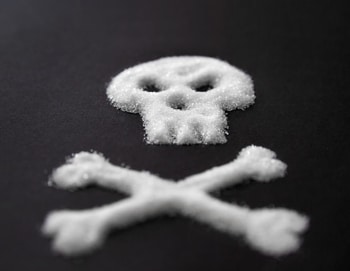
Most of us today know that sugar is bad for us and try to avoid it, but how do we do that when it’s been added in large quantities to our food supply?
To even begin to understand the truth about what is being called the ‘global obesity epidemic’, you’ll need to come with me on a journey. Our story starts in 1972, when a British doctor and nutritionist, John Yudkin, published a book titled ‘Pure, White and Deadly’. This book is still available on Amazon if you want to read it. You’ll be astonished. It’s as if Dr. Yudkin had a crystal ball. He accurately predicts today’s obesity crisis and all the health problems that go with it. Not surprisingly, the substance that Dr. Yudkin was writing about is sugar.
Most of us today are aware to some degree that sugar is bad for us. But why? What exactly is it doing to our bodies? One thing is for sure. The sugar industry doesn’t want you to know. To find out just how badly they don’t want you to know, let’s get back to our story.
The Fat vs. Sugar Propaganda War
When Dr. Yudkin’s book was published the Sugar Association panicked. If people believed his book, their market could very well disappear. If you didn’t know, sugar production is a very profitable business. Despite the fact that sugar is cheap to buy, it’s even cheaper to produce. In fact, the profit margins are so wide that in the mid 1700’s Great Britain’s wealthiest man made his fortune from sugar and sugar producers today still make huge profits from their product.
To protect their profits, the sugar industry adopted the same tactics that the tobacco industry had used so successfully for decades. They fought a propaganda war. They spent a great deal of money to convince the public that sugar was harmless. Their primary tool in this campaign was another doctor, an American, Dr. Ansel Keys. Dr. Keys had recently published a paper proposing that dietary fat was the reason people were gaining weight. He had set out to do what he originally called ‘The 22 Nation Study’. Dr. Keys was going to cross-compare diets from 22 different countries, cancel out all variables other than fat, and prove that dietary fat makes us fat. Unfortunately, the data from 15 of those countries didn’t match his hypothesis. He also conveniently ignored indigenous populations like the Inuit, some of whom at that time were still eating a traditional diet of seal meat and whale blubber, and they had some of the lowest incidences of obesity and diabetes in the world. His 22 nation study eventually became the 7 Nation Study.
Propaganda Beats Truth Yet Again
This didn’t matter for the sugar industries’ propaganda war, though. You see, Dr. Keys was already famous. He was the inventor of the K-ration, the emergency ration that the American military ate while overseas. Certainly if Dr. Keys knew how to feed our troops, he must know what was making us fat. The sugar industry funded Dr. Keys generously. Whenever Dr. Yudkin published another paper showing that sugar was making people fat and sick, Dr. Keys would publish a paper claiming that the problem was dietary fat.
Between the very large sums of money that the sugar industry was paying Dr. Keys, and his already famous reputation, they won the propaganda war. People became convinced that dietary fat makes us fat, and that sugar was harmless. After all, a calorie is a calorie, right? Well, actually, not just wrong but dead wrong. However, more about that in my next post.
The Fat-Free Food Movement
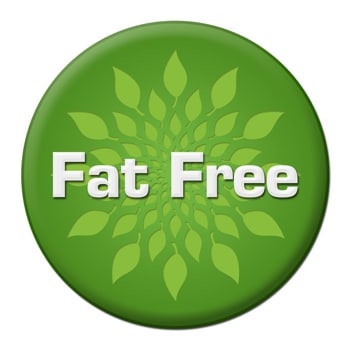
In the early ’80s the store shelves were flooded with ‘Fat Free’ and ‘Low Calorie’ labels. We didn’t know that aside from trans-fats, most of the fats we were removing from our food were actually healthy, and the sugar we were replacing it with was toxic.
This led to a sweeping change in our food supply that really took hold in the early ‘80s. I remember it. I was there. Suddenly grocery store shelves were filled with food labels that proudly proclaimed, ‘Calorie-Reduced’ and ‘Fat-Free’. And these items flew off the store shelves because the public believed that low-fat food was healthier and would help them to lose weight. Too bad all that fat-free food was actually poisoning us, although we didn’t know it at the time.
In the food industry, palatability equals sales. Why would anyone buy a food that doesn’t taste good? You see, when you remove the fat from a food you also remove the texture and flavor. The solution? Add sugar. It’s been known for some time that Americans have a taste for sweet food. This is why. It was added in vast quantities to our food supply starting about 50 years ago, and the concentration of it has only been going up since.
So How Much Added Sugar is Too Much?
According to new guidelines from the American Heart Association, the recommended daily maximum intake of sugar for men is 150 calories, or 9 teaspoons, and for women, 100 calories, or 6 teaspoons. Unfortunately, we are eating three to four times that amount. People in virtually all industrialized nations today consume toxic levels of sugar.
While some of this added sugar in our diet is coming from obvious sources like sodas and Starbucks Vanilla Lattes, most of it is hidden in processed foods. They’re even adding sugar to our bread!
Next week, we’ll explore not only where all this added sugar is coming from, but get into the science of what it’s doing in our bodies to create a negative feedback loop that makes us eat more, and move less. The answer to that question will give you the key to lose weight and keep it off for life!

Be the first to know about new Specials, and blog posts with valuable free information on skin care, beauty and wellness. Sign up below and you'll receive an email notice of new specials as well as new posts. You can unsubscribe at any time.


